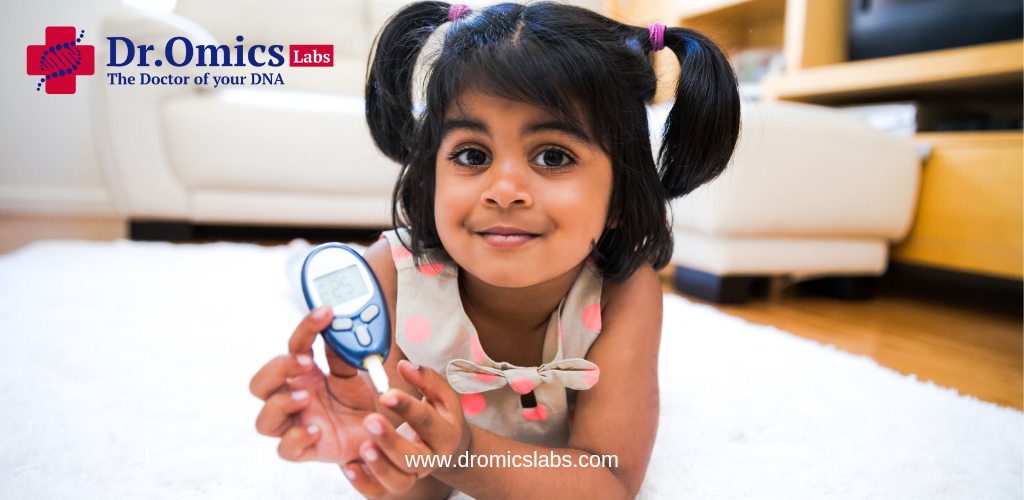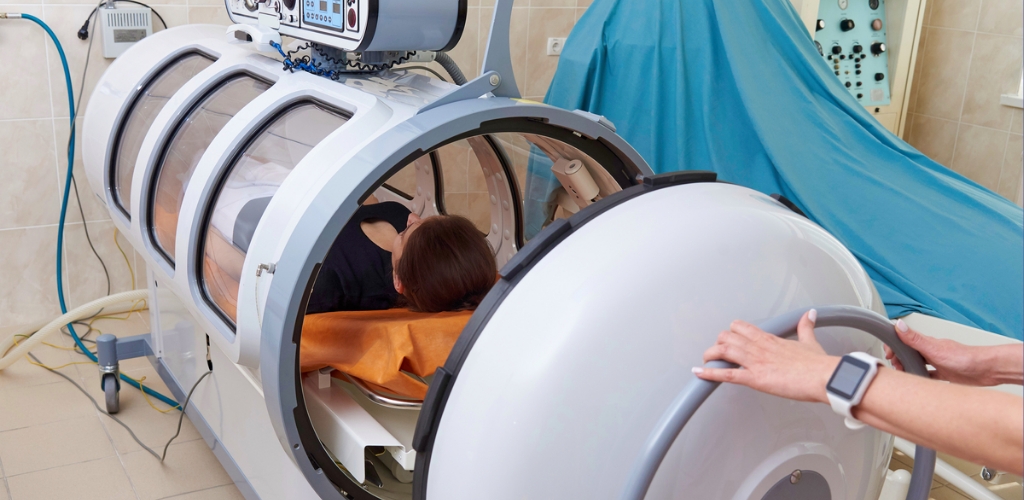Living with diabetes comes with its own set of challenges, and one of the most common complications is the development of diabetic wounds. These wounds can be slow to heal and require special attention and care. In this article, we will delve into the reasons behind the slow healing process of diabetic wounds and explore effective strategies to accelerate the recovery process.
Why Do Diabetic Wounds Heal Slowly?
Diabetic wounds heal slowly due to a combination of factors. Firstly, high blood sugar levels can impair the function of blood vessels, leading to poor circulation. This reduced blood flow means that essential nutrients and oxygen cannot reach the wound site efficiently, slowing down the healing process.
Secondly, diabetes can cause nerve damage, a condition known as diabetic neuropathy. When this occurs, individuals may lose sensation in their feet and not notice wounds until they become severe. Delayed detection and treatment can lead to infections, further hindering the healing process.
Lastly, diabetes compromises the immune system, making it harder for the body to fight off infections. This weakened immune response can exacerbate the severity of wounds and prolong healing time.
Understanding the Challenges of Diabetic Wound Healing
Diabetic wounds present unique challenges that differentiate them from regular wounds. One key challenge is the presence of excessive inflammation. While inflammation is a natural response to injury, in diabetic wounds, it can become chronic and hinder healing. This chronic inflammation disrupts the normal wound healing cascade, prolonging the recovery process.
Another challenge is the formation of biofilms. These are communities of bacteria that adhere to the wound bed and protect themselves from traditional antibiotics. Biofilms can prevent wounds from closing and increase the risk of infection.
Additionally, the high glucose levels in the body provide an ideal environment for bacteria to thrive. Diabetic wounds are more susceptible to infections, which further impede the healing process.
Factors That Affect Diabetic Wound Healing
Several factors can impact the healing of diabetic wounds. Poor blood sugar control is a significant factor that hampers the recovery process. High glucose levels impair the body’s ability to fight infections and delay wound closure. It is crucial for individuals with diabetes to manage their blood sugar levels effectively through medication, dietary changes, and regular exercise.
Obesity can also hinder wound healing. Excess weight puts additional pressure on the wound site, impairs blood flow, and increases the risk of infection. Maintaining a healthy weight through proper nutrition and exercise can significantly improve healing outcomes.
Furthermore, individuals with a history of smoking may experience slower wound healing. Smoking reduces blood flow, impairs oxygen delivery, and weakens the immune system. Quitting smoking is essential for diabetic patients to promote faster wound healing.
Tips to Accelerate the Recovery Process for Diabetic Wounds
While diabetic wounds may present challenges, there are strategies to accelerate the recovery process. Here are some tips to facilitate healing:
- Keep the wound clean and dry: Cleanse the wound gently with mild soap and water, and pat it dry. Avoid using harsh antiseptics that can delay healing.
- Use appropriate dressings: Consult a healthcare professional to determine the most suitable dressing for your wound. Dressings should maintain a moist environment while protecting the wound from infections.
- Practice good foot hygiene: Wash your feet daily with warm water and mild soap. Dry them thoroughly, paying attention to the spaces between your toes. Moisturize the skin to prevent cracking.
- Protect your feet: Wear comfortable, well-fitting shoes and avoid walking barefoot. Inspect your feet regularly for any signs of wounds or abnormalities.
- Manage blood sugar levels: Monitor your blood sugar levels regularly and follow your healthcare provider’s recommendations for medication, diet, and exercise. Good blood sugar control promotes faster wound healing.
Diabetic Foot Wound Treatment Options
When diabetic foot wounds become severe or fail to heal with conservative measures, medical interventions may be necessary. Some treatment options include:
- Debridement: Removing dead tissue and infected material from the wound to promote healing.
- Offloading: Reducing pressure on the wound by using specialized footwear, casts, or orthotic devices.
- Negative pressure wound therapy: Applying negative pressure to the wound to remove excess fluid, promote blood flow, and stimulate healing.
- Hyperbaric oxygen therapy: Delivering oxygen at high pressure to enhance the healing process.
- Skin grafts and tissue substitutes: Transplanting healthy skin or using artificial tissue to cover the wound and facilitate healing.
It is important to consult with a healthcare professional to determine the most appropriate treatment option based on the individual’s specific condition.
Lifestyle Changes to Promote Faster Diabetic Wound Healing
In addition to medical interventions, making certain lifestyle changes can accelerate the recovery process for diabetic wounds. Here are some recommendations:
- Follow a balanced diet: Consume a diet rich in fruits, vegetables, whole grains, and lean proteins. Adequate nutrition supports optimal wound healing.
- Engage in regular exercise: Physical activity improves blood circulation, which aids in the delivery of nutrients and oxygen to the wound site. Consult a healthcare professional for exercise recommendations tailored to your condition.
- Maintain a healthy weight: Losing excess weight reduces pressure on the wound and enhances healing. Work with a healthcare professional to develop a safe and effective weight loss plan.
- Quit smoking: Smoking compromises blood flow and weakens the immune system, hindering wound healing. Seek support and resources to quit smoking for good.
Medical Interventions for Diabetic Wound Healing
In some cases, medical interventions may be necessary to promote diabetic wound healing. These interventions can include:
- Topical medications: Applying antimicrobial or growth factor creams directly to the wound to promote healing.
- Antibiotics: Prescribed to treat or prevent infection in diabetic wounds.
- Compression therapy: Using compression bandages or stockings to improve blood flow and reduce swelling.
- Advanced wound dressings: Utilizing specialized dressings that promote moist wound healing and protect against infections.
- Epidermal growth factor therapy: Administering growth factors to stimulate the healing process.
A healthcare professional will assess the individual’s condition and determine the most appropriate medical interventions for optimal healing outcomes.
Preventive Measures to Avoid Diabetic Wounds
Preventing diabetic wounds is crucial to avoid complications and expedite the healing process. Here are some preventive measures:
- Maintain good foot care: Regularly inspect your feet for any signs of wounds, blisters, or abnormalities. Keep your feet clean, moisturized, and protected with appropriate footwear.
- Manage blood sugar levels: Consistently monitor and control your blood sugar levels as advised by your healthcare provider. Stable blood sugar levels support optimal wound healing.
- Regular check-ups: Schedule regular appointments with your healthcare provider to monitor your overall health and address any potential issues promptly.
- Educate yourself: Stay informed about diabetes management, foot care, and wound prevention through reliable sources. Attend educational sessions or workshops to enhance your knowledge.
Taking Control of Diabetic Wound Healing
Understanding the challenges of diabetic wound healing is essential for individuals living with diabetes. By implementing strategies to accelerate the recovery process, such as maintaining good blood sugar control, practicing proper wound care, and seeking appropriate medical interventions, individuals can take control of their diabetic wound healing journey.
Remember, prevention is key. By adopting a proactive approach to foot care and managing diabetes effectively, it is possible to minimize the risk of diabetic wounds and promote faster healing when wounds do occur. Empower yourself with knowledge, seek professional guidance, and prioritize your overall well-being to overcome the challenges of diabetic wound healing.
Read more – Diabetes in Childhood – Understand Causes of Diabetes and Save Your Child
If you or someone you know is struggling with diabetic wounds, consult a healthcare professional for personalized advice and treatment options. Take charge of your health and improved quality of life.
For more information and early detection of diabetes, you can visit our page and schedule a call with us.




